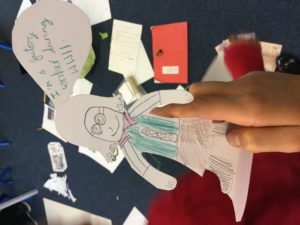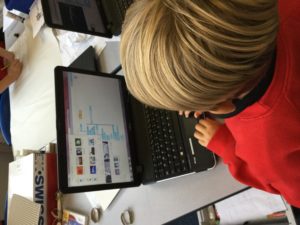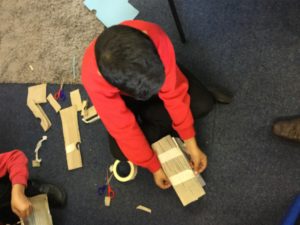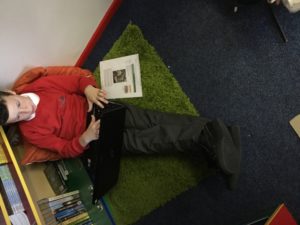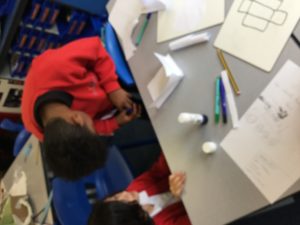Before half-term, we were fortunate enough to be able to email Mrs Weekes’ dad, who was evacuated from Newcastle during WW2, and ask him lots of questions about his experience.
Today, we received a response and were fascinated to hear all about it! However, there was a problem. Somehow, all the answers and questions had been jumbled up so we had to use our comprehension skills to match the questions to the answers. Once we’d managed to do this we studied the responses – it was very interesting. In particular, we were amazed at how little children were allowed to take with them: only some clothes!
Then, we thought about the characters in our class novel. Max and Anna are German refugees so we discussed the difference between refugees and evacuees (help at home by asking your child about this and discussing this topic in more detail). Finally, we pretended to be Max and asked some of our own questions.
Here are some pics:
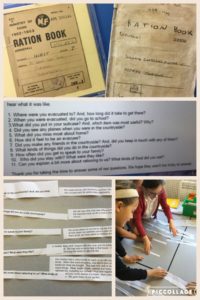
On behalf of all of Year 5, I must say a huge thank you to Mrs Weekes and her dad for answering our questions.





